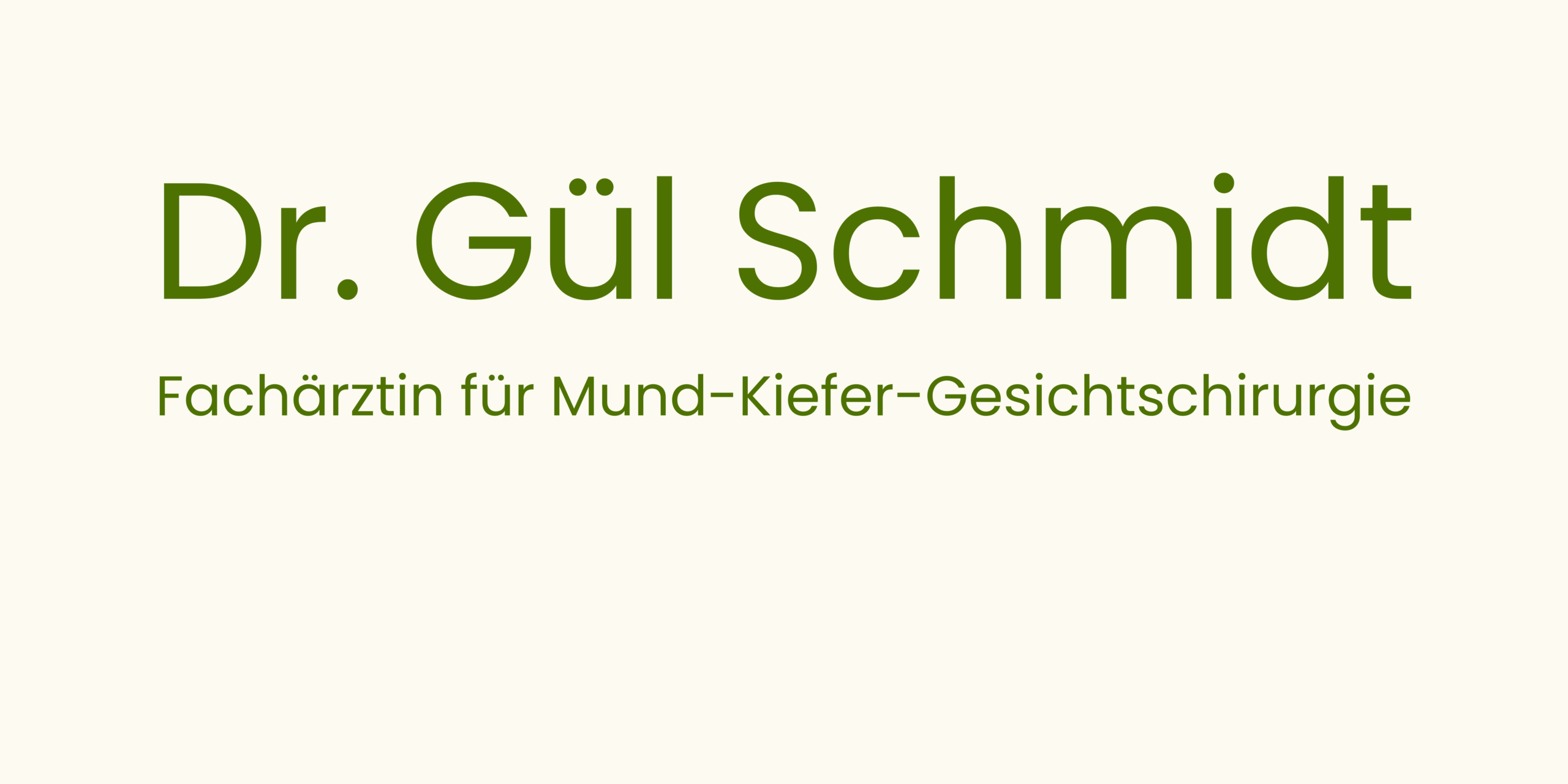Methods, parallel and follow-up treatment
Our method
This type of surgery is also known as the premier class and there is a good reason for this:
Surgery is generally concerned with repairing or reconstructing something that has already been damaged due to illness or injury. Closing the gaps involves completely redefining, constructing and producing something new.
We follow the proven surgical methods of the pioneers of cleft surgery (Veau, Langenbeck, Rosenthal, and others) in order to achieve the best results. As already mentioned, children who are born with a cleft are healthy in the true sense of the word! The primary focus is therefore on the functional aspect of the mouth and throat area: facilitating breathing, eating, and speaking.
Significant progress has been made in recent years, particularly through the further development of pre-surgical orthodontics.
To treat unilateral cleft palates, we use a specially made, custom-fit palatal plate, which is also (incorrectly) called a drinking plate. This plate makes it easier for the baby to breathe while drinking and usually has a positive effect on the jaw and palate segments. It is similar to a loose brace and can be easily inserted into the baby’s mouth by you, the co-therapist, and removed for cleaning.
For children with bilateral cleft jaws and palates, we use the Premaxilla Vomer Plate (PMVP). This is a therapy approach jointly researched, developed and patented by Dr Schmidt and Prof Dr Matuschek and is the only one of its kind in the world. This plate corrects the position of the jaw preoperatively solely through the pressure of the tongue in the mouth, thus minimising possible growth disorders and palatal holes and also facilitating the surgical procedures.
Children born with the Pierre Robin sequence are fitted with a customised PEB plate (pre-epiglottic baton plate), which is particularly successful in newborns with isolated RS.
The PEBP is also a type of orthodontic plate. It has a movable spur. This plate simultaneously and immediately corrects both the mandibular retraction and the tongue position, thus creating the best conditions for breathing, swallowing and drinking.
The PEBP is therefore a non-surgical and gentle method of treating RS with immediate effectiveness. It is well tolerated by newborns and parents. The earlier it is used, the better it is for the child’s further development.
Every person is individual, as is your baby, and so is the sequence of surgical treatment. On these pages, we can only provide a rough timetable for your guidance.
Depending on the severity of the malformation, several operations may be necessary in the first few months of life. Dr. Schmidt performs the operation in several stages. If the soft palate and hard palate are affected, she closes them first. She therefore concentrates initially on the functional aspect of the mouth and throat area. This facilitates breathing and food intake as quickly as possible. The decision to close the soft palate and hard palate first and then the lip at the end was also made because this prevents the formation of so-called “residual holes.” A “residual hole” is a surgical failure that occurs when the surgically closed palate reopens and, depending on its size, can be a serious complication. The frequency varies between 0 and 78% depending on the study and clinic, and is largely related to the surgical method used.
Another important reason for closing the palate first is to enable babies to learn how to form sounds correctly, which they begin to do at a very early.
The lip is usually closed afterwards, which is more of an aesthetic issue, but no less important because it determines the appearance.
YOUR CHILD’S LAST VACCINATION WITH LIVE VACCINE SHOULD HAVE BEEN AT LEAST 2 WEEKS BEFORE THE OPERATION
Parallel and follow-up treatment
Ear, nose and throat specialist
It is not uncommon for children with cleft palates to have problems with their ears. For this reason, we have an ear, nose and throat specialist at the operating table during the operations and, depending on the findings, decides whether the child needs to have tympanostomy tubes inserted. Later, your child may also be introduced to hearing aid specialists.
Speech therapy
It is less common for children to require speech therapy due to the malformation. Nevertheless, our speech therapist will monitor your child’s speech and language development and decide together with you whether and which therapy is necessary.
Osteoplasty
Children whose jaws have been affected may require osteoplasty treatment between the ages of 10 and 12. This serves to stabilise the bone structure in the area of the palate and jaw and ensures long-term growth and functionality as well as the retention of permanent teeth.
Orthodontics / braces
From a certain age, orthodontic treatment is necessary in many cases. Braces help to align the jaw correctly, stabilise the bite and improve jaw function.
All of these interdisciplinary measures not only contribute to optimal functional development of your child’s mouth and throat, but also achieve an aesthetic and harmonious appearance.
Nose and lip corrections
Dr Schmidt is very often consulted by young adults or adults who require cosmetic surgery on the nose and lips to optimise function or appearance and/or correct any deformities.
As an alternative to surgery, an uneven red lip, a bulging scar or a flat bridge of the nose can also be corrected using hyaluronic acid or laser. However, you must clarify with your health insurance provider in advance who will cover the costs.
It is important to us to accompany and support you and your child through all the necessary steps of treatment and aftercare.
